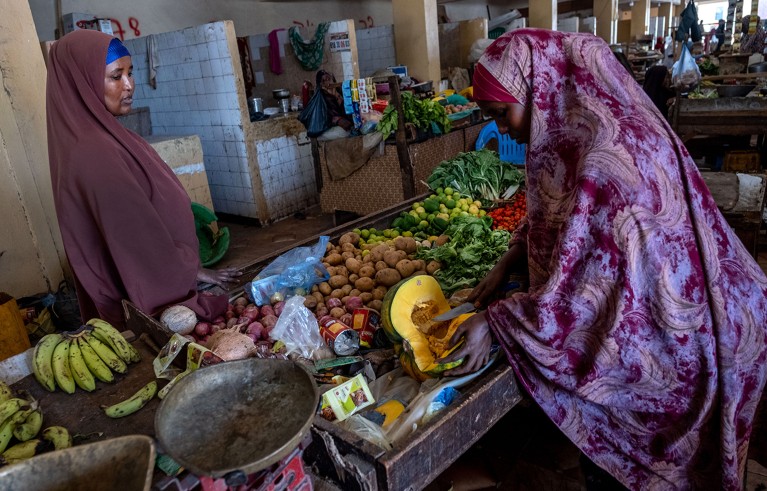The spectre of malnutrition is back and must be tackled — fast
Summary
The UN Joint Child Malnutrition Estimates (JME) report shows a worrying reversal: after decades of decline, stunting in children under five has risen since 2020. The editorial highlights that this backslide coincides with the COVID-19 pandemic, renewed armed conflicts and a sharp increase in food prices following 2020–2023. Stunting (chronic undernutrition), wasting (acute undernutrition) and even childhood overweight are all forms of malnutrition with serious long-term consequences. The piece calls for urgent, detailed research into the drivers of the rise — including household-level effects of food-price inflation and whether nutrition services have recovered to pre-pandemic levels — so policymakers can act quickly to reverse the trend.
Key Points
- JME data indicate stunting among under-fives has increased since 2020, reversing decades of progress.
- Stunting is most prevalent in South Asia and parts of Africa (around one in three to two in five under-fives in affected regions).
- Stunting is largely irreversible and harms health, education and lifetime disease risk; wasting can be fatal if not addressed quickly.
- Main suspected drivers: pandemic-related service disruption and job losses, conflict, and sustained food-price inflation (exacerbated by supply shocks such as Russia’s invasion of Ukraine).
- Some researchers suggest prolonged high food prices may reflect ‘seller’s inflation’ — suppliers keeping prices high to protect profits.
- There is an urgent need for fine-grained research linking household-level economic pressures to malnutrition and for assessment of whether nutrition services have fully recovered.
- Policymakers must be better informed by evidence so they can design interventions to halt and reverse rising malnutrition quickly.
Context and relevance
This editorial matters because rising child malnutrition reverses hard-won global gains and will have life-long consequences for millions of children if left unchecked. It ties into broader trends: post-pandemic recovery, food-system fragility, conflict-driven disruption and inflation dynamics. For researchers, funders and policymakers, the article is a clear call to prioritise targeted studies (household-level economics, service delivery recovery) and to translate findings into swift policy responses. The piece positions malnutrition not as an inevitable consequence of scarcity but as a policy and research failure that can — and must — be corrected.
Why should I read this?
Short version: kids are losing the gains we thought were secure, and that’s bad news for health and equality for decades. Read it because it flags urgent links between COVID, conflict and food prices, and spells out where research and policy need to move fast. It’s a quick, sharp wake-up call — especially if you work in nutrition, public health or policy.

